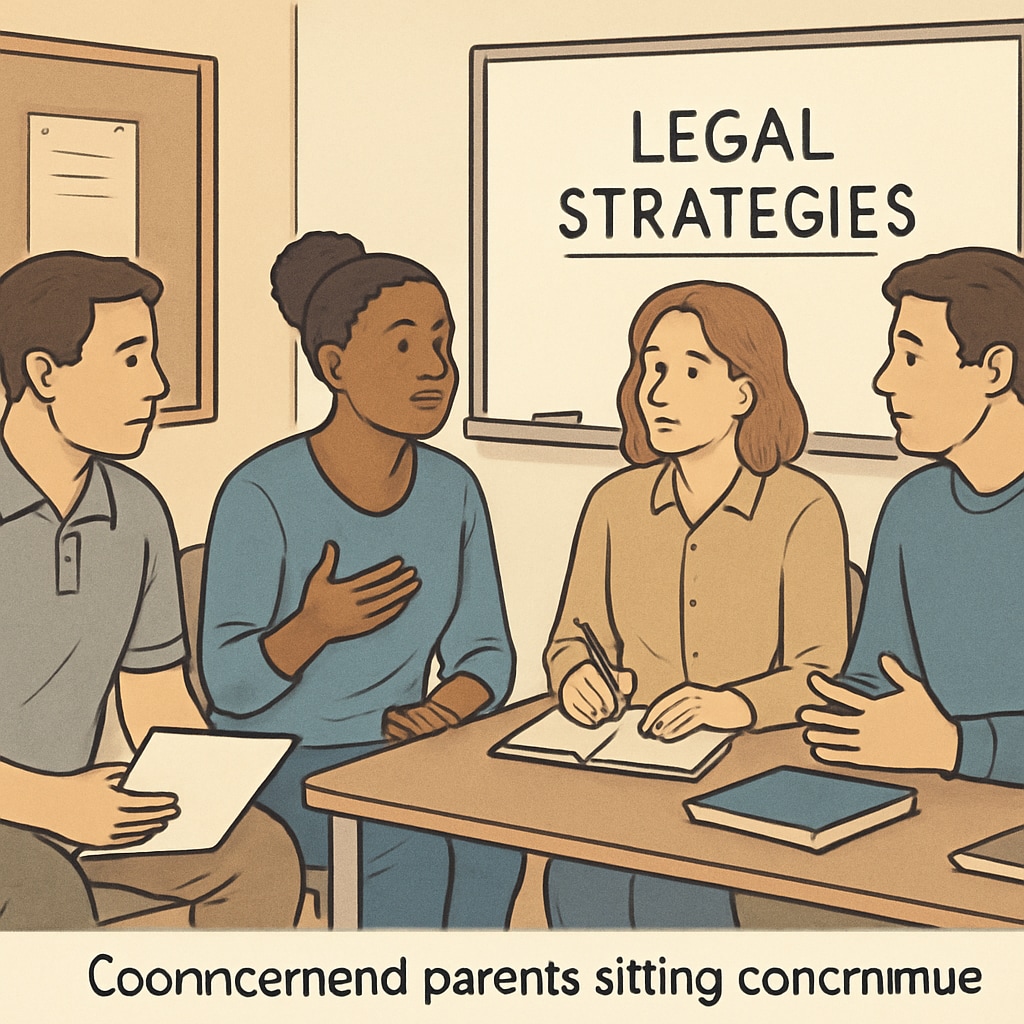The presence of a school board member with a child abuse record is a serious concern for any community. Ensuring the safety and well-being of students is a top priority, and in such situations, swift and effective action is critical. This article provides a comprehensive guide on how to remove such individuals through legal procedures, community mobilization, and media advocacy.
Understanding the Risks and Legal Framework
Having an individual with a history of child abuse serve on a school board poses significant risks to the safety and trust within the educational environment. This issue requires a clear understanding of the legal framework that governs school board membership. In many jurisdictions, laws prohibit individuals with certain criminal records from holding public office, especially in roles involving children. Researching local laws and regulations is the first step.
Consulting with legal experts or advocacy organizations is essential to determine the eligibility criteria for school board members in your area. For example, Britannica’s overview on child protection laws provides a reliable starting point to understand broader legal principles, which can be adapted to local contexts.

Mobilizing Community Support
Community effort is a powerful tool for initiating change. Organizing concerned parents, teachers, and local stakeholders can amplify the call for action. Start by hosting informational meetings to raise awareness about the situation. Use social media platforms, local newspapers, and other channels to spread the message and gather support.
Here are three key steps for effective community mobilization:
- Petitions: Circulate a petition demanding the removal of the individual. Collect signatures online and offline to demonstrate widespread concern.
- Public Forums: Organize forums where parents and community members can share their concerns and discuss solutions.
- Engaging Local Leaders: Involve influential figures, such as local politicians or child advocacy groups, to lend weight to the cause.
Community mobilization not only puts pressure on the school board but also ensures that the issue gains visibility and urgency.

Leveraging Media and Public Advocacy
Media advocacy plays a crucial role in addressing sensitive issues like this. By highlighting the problem through traditional and social media, you can garner public attention and force decision-makers to act. Write letters to local newspapers, contact journalists, or create a social media hashtag campaign to raise awareness.
When engaging with the media:
- Provide verified information and focus on the safety of children as the central issue.
- Avoid personal attacks; instead, emphasize the broader implications for the community.
- Encourage affected families to share their concerns, ensuring their privacy and dignity are respected.
For example, Wikipedia’s overview on advocacy offers insights into effective methods of influencing public opinion and policymakers.
Taking Legal Action
In some cases, initiating legal proceedings may be the only option. This could involve filing a formal complaint with the school district or petitioning a court to intervene. Partnering with a lawyer who specializes in education or child welfare is crucial to navigating this process.
Legal actions may include:
- Requesting a judicial review of the individual’s eligibility for school board membership.
- Filing a formal complaint with the school district or educational board.
- Working with child advocacy organizations to provide expert testimony or legal support.
While legal proceedings can be time-consuming, they send a clear message about the community’s commitment to protecting children’s welfare.
The Road Ahead: Building a Safer Future
Removing a school board member with a child abuse record is just the first step in safeguarding campus safety. Long-term strategies include advocating for stricter background checks for all board members and implementing policies that prioritize transparency and accountability.
By combining legal action, community mobilization, and media advocacy, parents and community members can ensure that schools remain safe spaces for children to learn and grow. Collective efforts not only address immediate concerns but also set a precedent for preventing similar issues in the future.
Protecting our children is a shared responsibility. By standing together, communities can create lasting change and ensure that every child has the opportunity to thrive in a safe environment.


